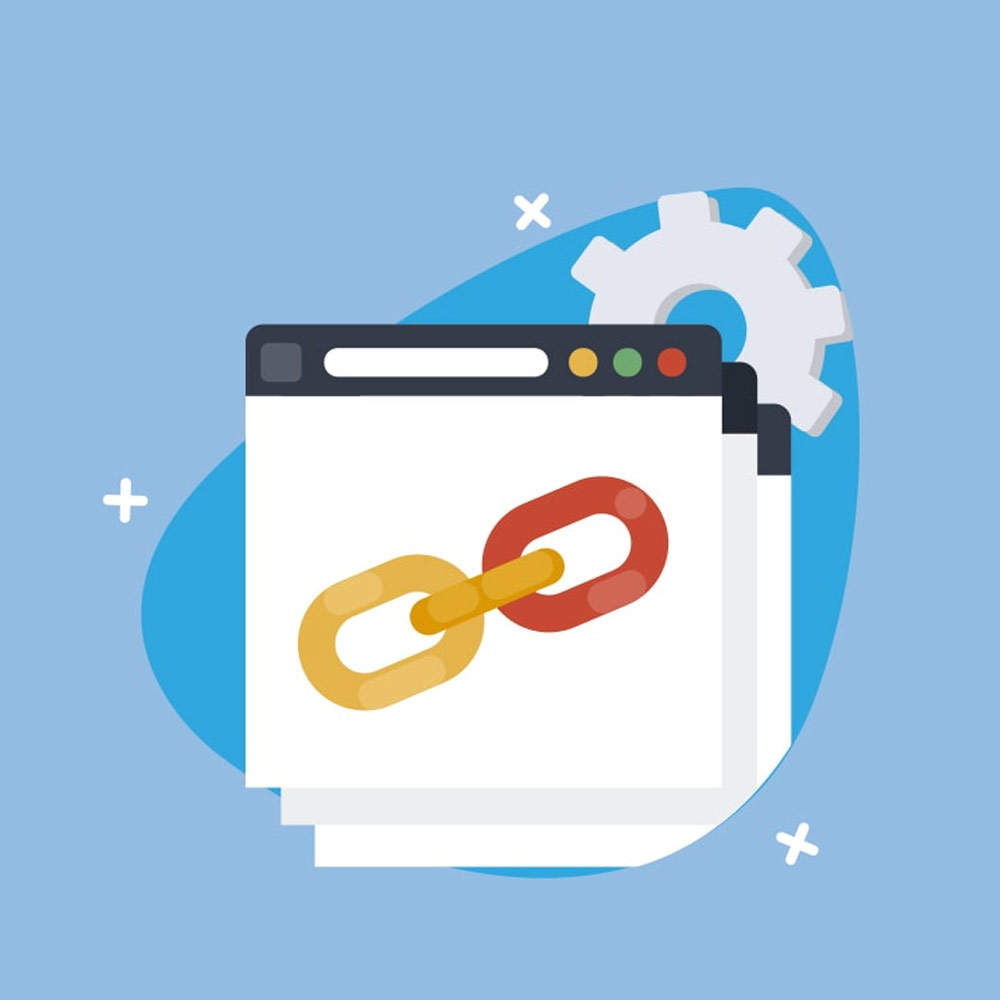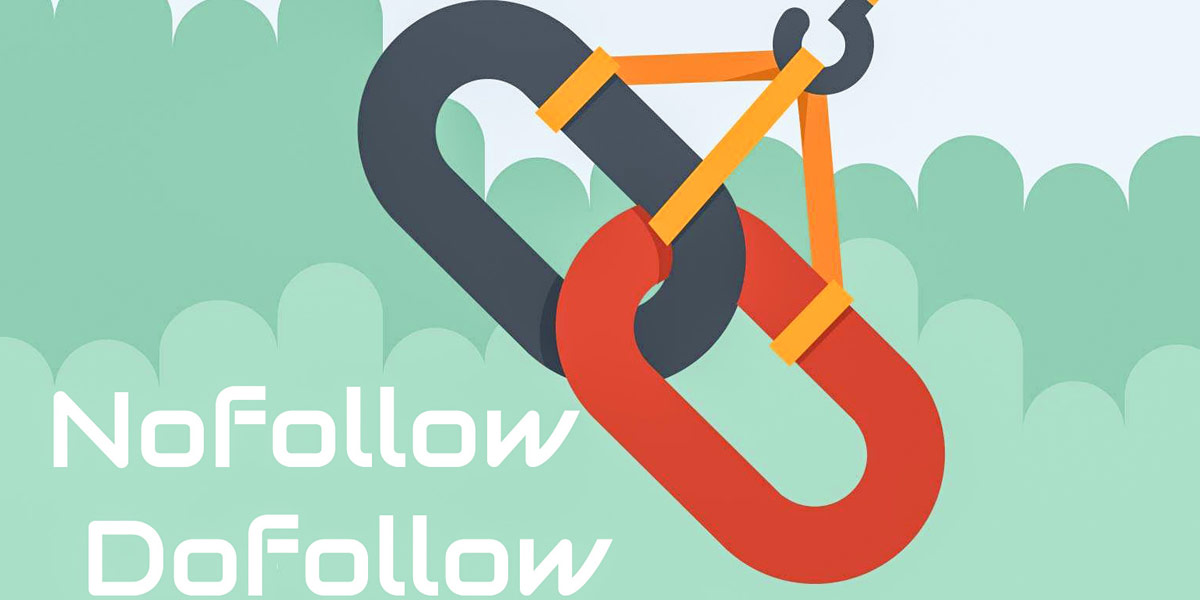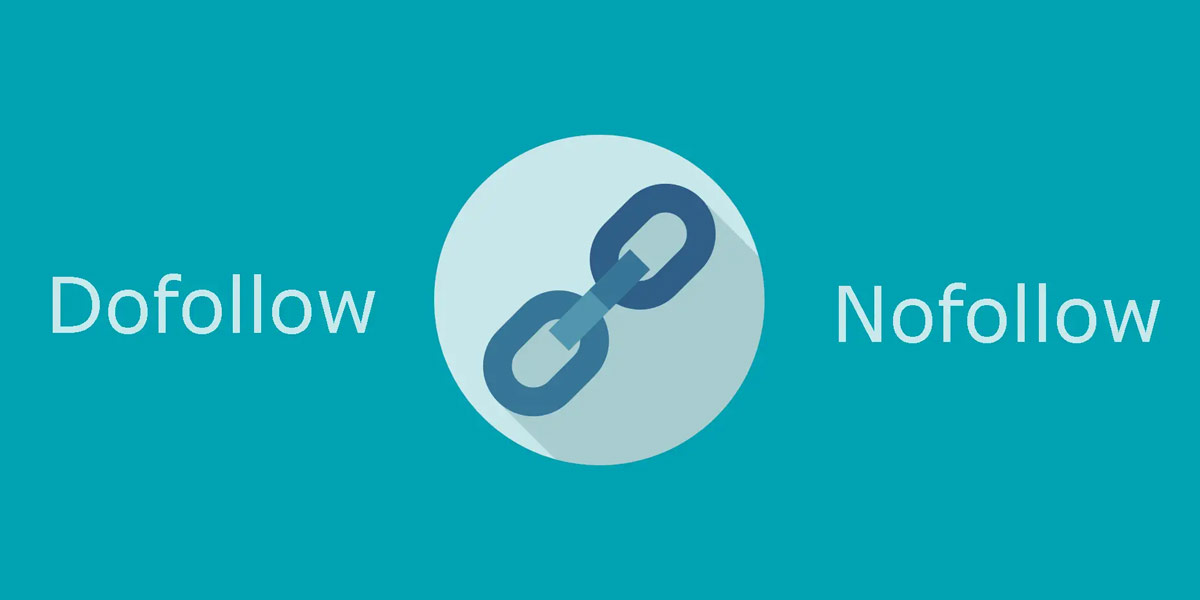NoFollow vs. Follow Links

When it comes to optimizing a website for search engines, links play a crucial role. They are like votes of confidence that tell search engines about the authority and relevance of a website. However, not all links are equal, and understanding the difference between nofollow and follow links is essential for building a strong backlink profile. In this article, we will explore the differences between NoFollow vs. Follow links, their importance, and how to use them to improve your SEO.
NoFollow vs. Follow Links
Links are one of the most important ranking factors used by search engines to determine the authority and relevance of a website. A website with high-quality links from authoritative sources is more likely to rank higher in search engine results pages (SERPs) than a website with low-quality links or no links at all. However, not all links are equal, and understanding the difference between nofollow and follow links is crucial for building a strong backlink profile.

NoFollow vs. Follow Links
What are Nofollow Links?
A nofollow link is a type of link that tells search engines not to follow it to the destination page. Nofollow links are created by adding a rel=”nofollow” attribute to the link code. The rel attribute tells search engines what type of link it is and how to handle it.
Nofollow links were introduced by Google in 2005 to combat spammy link-building practices. They were designed to give website owners more control over the links on their sites and prevent search engines from passing link equity to low-quality or irrelevant sites.
How Do Nofollow Links Affect SEO?
Nofollow links do not pass link equity to the destination page. This means that they do not have a direct impact on the ranking of the target page in search engine results pages. However, nofollow links can still be valuable for SEO in other ways.
First, nofollow links can drive traffic to your site. Even though they do not pass link equity, they can still bring visitors to your site, which can lead to more engagement, conversions, and brand awareness.
Second, nofollow links can help diversify your backlink profile. Having a mix of nofollow and follow links can make your backlink profile look more natural to search engines and reduce the risk of a penalty for link manipulation.
What are Follow Links?
A follow link, also known as a dofollow link, is a type of link that passes link equity from the source page to the destination page. Follow links do not require any special attributes and are the default type of link.
When a search engine crawls a web page, it follows all the links on that page and passes link equity to the destination pages. The more follow links a page has from authoritative sources, the more likely it is to rank higher in search engine results pages.

NoFollow vs. Follow Links – What are Follow Links?
How Do Follow Links Affect SEO?
Follow links pass link equity to the destination page, which can help improve its ranking in search engine results pages. The more high-quality follow links a page has, the more authority and relevance it has in the eyes of search engines.
However, it’s important to note that not all follow links are created equal. A high-quality follow link from a reputable source can have a significant impact on SEO, while low-quality follow links or links from irrelevant sources can do more harm than good.
The Importance of a Balanced Link Profile
Having a balanced link profile is crucial for SEO success. A balanced link profile means having a mix of follow and nofollow links from a variety of sources, including high-authority sites and niche-relevant sites.
A balanced link profile is important because it looks more natural to search engines. If a site has too many follow links or too many nofollow links, it can look like the site is trying to manipulate search engine rankings.
How to Identify Nofollow and Follow Links
There are several ways to identify nofollow and follow links on a web page:
| Check the source code | You can view the source code of a web page and look for the rel=”nofollow” attribute to identify nofollow links. |
| Use a browser extension | Several browser extensions can highlight nofollow and follow links on a web page. |
| Use a link analysis tool | Several link analysis tools can analyze a website’s backlink profile and identify the type of links. |

NoFollow vs. Follow Links – How to Identify Nofollow and Follow Links
How to Build a Balanced Link Profile
Building a balanced link profile takes time and effort, but it’s worth it in the long run. Here are some tips for building a balanced link profile:
- Focus on creating high-quality content that people want to link to.
- Reach out to other websites in your niche and offer to guest post or collaborate on content.
- Participate in online communities related to your niche and provide valuable insights and information.
- Use social media to promote your content and build relationships with influencers in your niche.
- Monitor your backlink profile regularly and disavow any low-quality or spammy links.
Common Misconceptions About Nofollow and Follow Links
There are several misconceptions about nofollow and follow links that can lead to ineffective link-building practices. Here are some common misconceptions:
| All follow links are good and all nofollow links are bad | This is not true. The quality and relevance of the source page and the anchor text of the link are also important factors to consider. |
| Nofollow links are useless for SEO | This is not true. Nofollow links can still drive traffic to your site and help diversify your backlink profile. |
| Follow links are the only type of links that matter | This is not true. A mix of follow and nofollow links is important for a balanced link profile. |
Best Practices for Using Nofollow and Follow Links
Here are some best practices for using nofollow and follow links:
- Use nofollow links for user-generated content, sponsored content, and affiliate links.
- Use the following links for high-quality, relevant links from authoritative sources.
- Focus on creating high-quality content that naturally attracts both follow and nofollow links.
- Monitor your backlink profile regularly and disavow any low-quality or spammy links.

NoFollow vs. Follow Links – Best Practices
Conclusion
Understanding the difference between nofollow and follow links is crucial for building a strong backlink profile and improving your SEO. While nofollow links do not pass link equity, they can still be valuable for driving traffic to your site and diversifying your backlink profile. Follow links, on the other hand, pass link equity and can have a significant impact on search engine rankings. Building a balanced link profile takes time and effort, but it’s worth it in the long run.
FAQs
What is the difference between nofollow and follow links?
Nofollow links do not pass link equity, while follow links do. Follow links are also known as “dofollow” links.
Do nofollow links have any impact on SEO?
Nofollow links do not pass link equity, so they do not directly impact search engine rankings. However, they can still be valuable for driving traffic to your site and diversifying your backlink profile.
How can I identify nofollow and follow links on a web page?
You can identify nofollow links by looking for the rel=”nofollow” attribute in the source code of a web page. Some browser extensions and link analysis tools can also highlight nofollow and follow links.
Is it better to have more follow links or more nofollow links?
It’s important to have a balanced link profile with a mix of follow and nofollow links from a variety of sources. Having too many follow links or too many nofollow links can look unnatural to search engines.
Can nofollow links still drive traffic to my site?
Yes, nofollow links can still drive traffic to your site. While they do not pass link equity, they can still provide valuable exposure and traffic from relevant websites.
Can I add nofollow links to my website?
Yes, you can add nofollow links to your website by using the rel=”nofollow” attribute in the HTML code. This can be useful for preventing spam comments or for linking to third-party sites without passing link equity.
Do all search engines treat nofollow links the same way?
No, different search engines may treat nofollow links differently. While Google does not pass link equity through nofollow links, other search engines may still use them for indexing or ranking purposes.
Can too many nofollow links hurt my SEO?
Having too many nofollow links is unlikely to hurt your SEO directly. However, having a large number of low-quality or irrelevant links of any type can harm your overall backlink profile and potentially harm your search engine rankings.
Do social media links use the nofollow attribute?
Most major social media platforms, such as Facebook and Twitter, use the nofollow attribute on external links. However, social media links can still be valuable for driving traffic and building brand awareness.
Can I remove nofollow links from my site to improve my SEO?
Removing nofollow links from your site is unlikely to have a significant impact on your search engine rankings. Instead, focus on building high-quality backlinks from authoritative sources and creating valuable content that naturally attracts links.
How do I know if a link is trustworthy?
A trustworthy link comes from a high-quality source that is relevant to your content. Look for links from reputable websites in your industry, such as news outlets, academic institutions, and government agencies.
Should I always try to get follow links?
While follow links can be valuable for improving search engine rankings, they are not the only type of link that matters. No-follow links can still provide value in terms of driving traffic and building brand awareness.
Can internal links be nofollow?
Yes, you can use the nofollow attribute on internal links as well. This can be useful for controlling the flow of link equity within your site and preventing certain pages from passing too much authority to others.
Can I disavow nofollow links in Google Search Console?
No, you cannot disavow nofollow links in Google Search Console. The disavow tool is designed to help you remove links that are actively harming your website, such as spam or low-quality links.
Do I need to worry about nofollow links if I’m just starting?
If you’re just starting with SEO and link building, it’s important to focus on creating high-quality content and building relationships with relevant websites in your industry. While nofollow links may not directly impact your search engine rankings, they can still provide value in terms of traffic and brand exposure. As your site grows and your backlink profile becomes more established, you can focus on acquiring follow links from high-authority sources.

